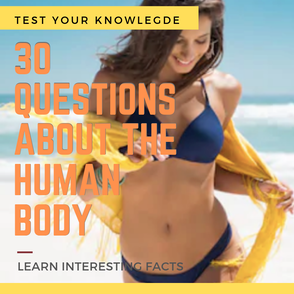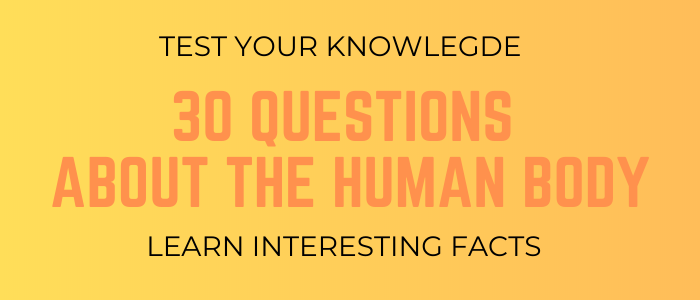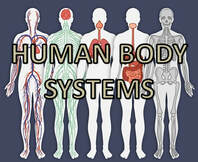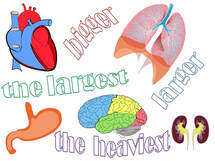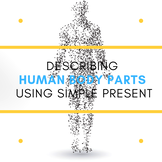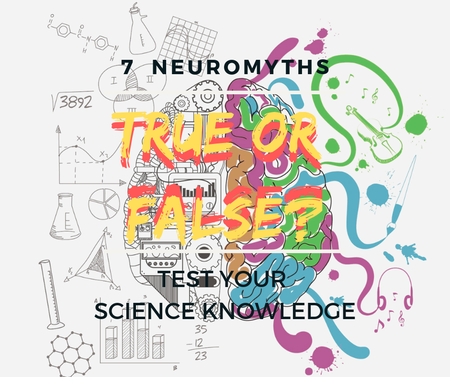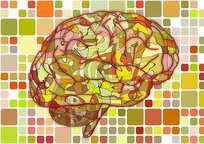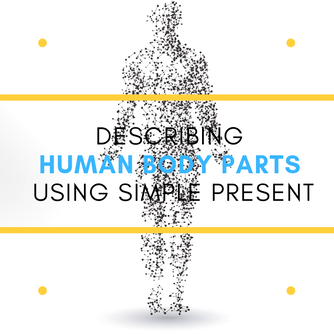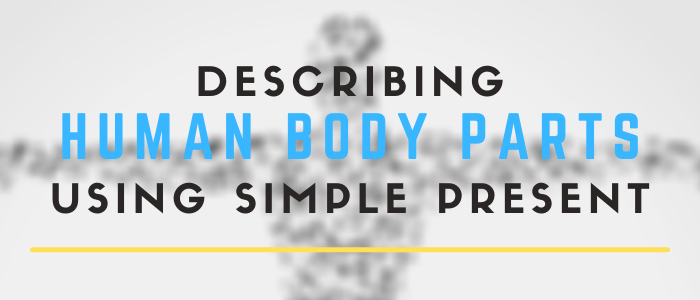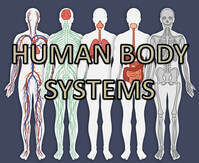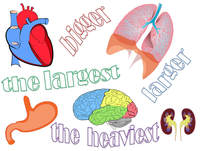|
Category: Learning Test your knowledge of the human body by answering these questions.
What to read next
Category: Learning Neuromyths are common misconceptions about how the mind and brain function. Once these myths take hold in the public consciousness, it’s often difficult for people to separate brain facts from fiction. Are the following statements true or false? Take this quiz and test your science knowledge.
The answers: True (2, 5 & 7) False (1,3, 4 & 6) Statement #1 In fact, the brain works 24 hours, 365 days, right from your birth until you die. It’s the second organ in the body as the heart that never stops during human lives. It remains highly active throughout your sleep so it can perform a host of functions that keep you humming through the day:
Statement #2 Researchers at Erasmus University in Rotterdam revealed that male brains are in fact bigger. However, women's brains are used more efficiently. Boy’s brains tend to be more lateralized -that is, the two hemispheres operate more independently during specific mental tasks like speaking. For the same kinds of tasks, girls tend to use both their cerebral hemispheres more equally. Statement #3 The 10 percent of the brain myth is a widely perpetuated urban legend that most or all humans only use 10 percent of their brains. It’s an appealing idea because it suggests the possibility that we could become so much more intelligent or creative. This might inspire us to try harder or reach further. Statement #4 In 2004, Frank Coffield, professor of education at the University of London, led research into the 13 most popular models of learning styles and found there wasn’t sufficient evidence to supply teaching techniques to various learning styles. Riener and Willingham research show that 90 percent of the learners agreed that “they have their own learning style.” This belief can constrain learners -if a student thinks he or she is a visual learner and the teacher’s not supporting the presentation of material visually, then the student may think he or she can’t learn it. Statement #5 The two halves of the brain work interdependently and the information is not being processed solely on right or left. One hemisphere is usually dominant in certain functions. This is called lateralization. The degree of lateralization varies from one person to another. However, both hemispheres work together. Statement #6 Multilingual education does not lead to retarded language development. Children pick up languages extremely fast, even if they might confuse the languages sometimes. Children that master two languages, have a better understanding of languages. Statement #7 The benefits of exercise come directly from its ability to reduce insulin resistance, reduce inflammation, and stimulate the growth of new blood vessels in the brain, and even the abundance and survival of new brain cells. What to read next
Category: Topics in the syllabus Use simple present to talk about human body parts facts. Singular (Verb + s)
Plural
The spelling for the verb in the third person singular differs depending on the ending of the verb. Most of the verb always end in –s. There are however some special cases. Here are the spelling rules:
Verb + (s /es/ies)
Quiz Use the correct form of the verb.
Answers
What to read next
Category: Topics in the syllabus There are several different ways in English that you can talk about the future. Here are only three ways:
For predictions (will) The auxiliary verb will is used in making predictions or simple statements of fact about the future. The structure for the simple future is: will + infinitive form However, if we use this this auxiliary we are guessing. We do not have any evidence in the present telling us what the future is going to be. Examples:
For intentions (be going to + verb) The auxiliary verb going to is used in talking about predictions, future plans or intentions. We use be going to to predict something that we think is certain to happen or which we have evidence for now. Examples:
For arrangements (present continuous) The present continuous tense is used for talking about arrangements that are planned with another person, a group of people, organization or company. The structure for the present continuous is: verb to be (am/is/are) + infinitive form + ing Examples:
|
Categories
All
Recent blog posts!
|
|
|
Share this page with others:
|
Copyright © 2016-2023 www.juicyenglish.com
All Rights Reserved. For any comments on the site, please email MailJuicyEnglish
|

